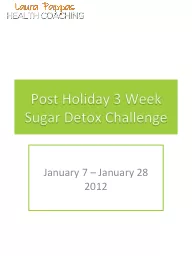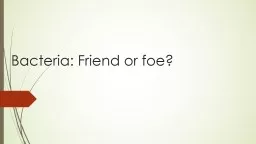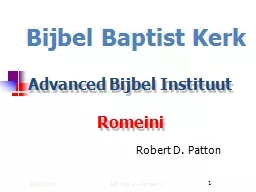PPT-Added Sugar Friend or Foe?
Author : lois-ondreau | Published Date : 2016-09-21
Jim Painter PhD RD Eastern Illinois University Professor Kelly Apfel BS Graduate Assistant ENVIRONMENTAL ELEMENTS HEREDITY Determines range of health Clean Air
Presentation Embed Code
Download Presentation
Download Presentation The PPT/PDF document "Added Sugar Friend or Foe?" is the property of its rightful owner. Permission is granted to download and print the materials on this website for personal, non-commercial use only, and to display it on your personal computer provided you do not modify the materials and that you retain all copyright notices contained in the materials. By downloading content from our website, you accept the terms of this agreement.
Added Sugar Friend or Foe?: Transcript
Download Rules Of Document
"Added Sugar Friend or Foe?"The content belongs to its owner. You may download and print it for personal use, without modification, and keep all copyright notices. By downloading, you agree to these terms.
Related Documents














